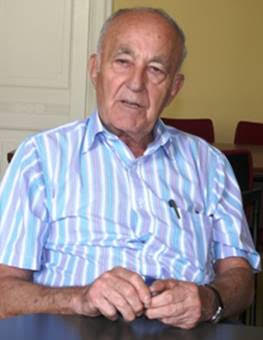
THE VOICE OF INTERNATIONAL LITHUANIA
|
VilNews has its own Google archive! Type a word in the above search box to find any article.
You can also follow us on Facebook. We have two different pages. Click to open and join.
|
Front page
- Posted by - (6) Comment
New CEO of VilNews
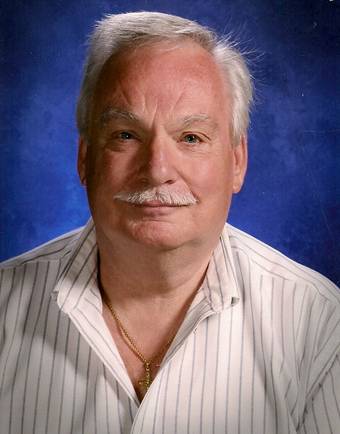
Kestutis J. Eidukonis
Dear readers,
I am today pleased to announce that Mr. Kestutis J. Eidukonis has accepted the position as CEO (Chief Executive Officer), of VilNews. As his family name suggests, Kestutis is of Lithuanian origin, though he has lived most of his life in the USA. Kestutis replaces Mr. Torben Pedersen as CEO for VilNews.
As CEO Kestutis will be responsible for the business aspects of VilNews, whereas I will continue to be responsible for all editorial aspects, as Editor-in-Chief.
Kestutis brings a wealth of experience from his life-long career(s). He can proudly look back at a brilliant career at the US Armed Forces, which brought him to work in many countries and in many roles, including being primary adviser in political and military affairs to the Commander-in-Chief of U.S. Southern Command (Latin and Central America). His successful military career can best be illustrated by the numerous decorations for outstanding performance he has received over the years.
Kestutis’ civil career is not less impressive. He has successfully managed the improvement or turn-around of over 500 small to medium size businesses ranging in annual revenue from $500,000 - $60 million. He has successfully advised several Russian and Eastern European firms endeavoring to do business with Western Countries, and he has worked extensively in Russia, the Baltics and Scandinavia. He has been teaching Entrepreneurship, Audio Video Technology, Electronic Journalism and Media communications, and lectured at AT&T's Global Business Program, East Stroudsburg University, School of the Americas, and the Air Force War College, as well as he has presented seminars on various business topics.
It’s without any doubt that Kestutis’ achievements, credentials, skills and experiences are outstanding and impressive. However, maybe most importantly, during the last couple of months, where I have learned to know Kestutis (also) as a person, I have noticed his strong feelings for Lithuania and Lithuanians, which I’m convinced has played an important role in his decision of accepting the position as CEO of VilNews.
He shares the vision of VilNews, to develop and maintain an e-publication that should be viewed as a good, strong, independent, democratic and outspoken Fourth Estate media in and for Lithuania, be critical of the negative that is still going on in this country, while increasingly trying to find positive stories and interesting angles on events and characteristics from both past and present, and to build bridges between Lithuania and its many extraordinary fine diasporas around the world.
You might claim that his decision was made by his heart rather than by his brain, however, as long as the brain is not completely disconnected, this is not a bad combination.
Let me also take the opportunity to thank Torben Pedersen for all the efforts he has put into VilNews…so far. Torben accepted the role as CEO in connection with the establishment of VilNews, as a temporary measure, however we all know that temporary arrangements, in the worst case, tend to become permanent, and in the best case, take longer than anticipated. I know that Torben is happy that Kestutis has accepted to take over as CEO, not for his own sake, but for the sake of VilNews. Torben is also a character that doesn’t care about titles or positions, however, I am convinced that Torben will work closely together with Kestutis in the future, that they will greatly supplement each other and constitute a great management team.
Please extend a hand and help Kestutis, Torben and I make VilNews a truly successful and wonderful reading experience for all lovers of Lithuania.
Aage Myhre
Editor-in-Chief
- Bookmark :
- Digg
- del.icio.us
- Stumbleupon
- Redit it
- Posted by - (0) Comment
Article 1 of 6
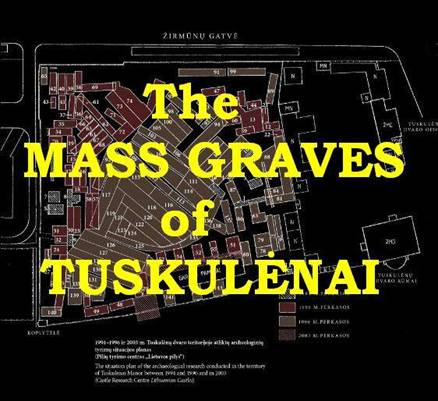
Situation plan created by and property of Castle Research Center Lithuanian Castles. All rights reserved
In 1944, the Soviet Union drove the army of Nazi Germany from the territory of Lithuania and occupied the country for a second time. Repressions against the citizens of our country began without delay. Members of the anti-Soviet armed resistance and underground anti-Soviet organisations, their supporters, farmers, teachers, intelligentsia; politicians, public servants, soldiers, and other officials of former independent Lithuania; and members of the Catholic clergy were arrested, imprisoned, exiled, sentenced to death, and subsequently executed. The convicts were judged by Military Tribunals of internal troops and an Extraordinary Meeting with the State Security Minister of the USSR. Pursuant to the 1926 Criminal Code Article 58 of RSFSR, they imposed penalties which included custody or the death sentence (by shooting). Indictments were based on torture or documents obtained illegally. Between 1944 and 1953, the Extraordinary Meeting convicted at least 11,932 people and the Military Tribunals – at least 22,080.
PART 1 OF 6
CONSEQUENCES OF THE TOTALITARIAN REGIME IN LITHUANIA 1940–1953.
- Bookmark :
- Digg
- del.icio.us
- Stumbleupon
- Redit it
- Posted by - (0) Comment
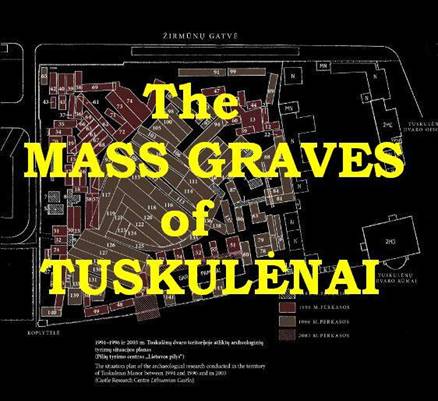
Situation plan created by and property of Castle Research Center Lithuanian Castles. All rights reserved
Between 28 September 1944 and 16 April 1947, the death penalty was carried out on 767 people in the NKGB–MGB internal prison in Vilnius. It took forty seven years and the restitution of Lithuania’s freedom to finally find the secret location where the Soviets had buried the victims.
- Bookmark :
- Digg
- del.icio.us
- Stumbleupon
- Redit it
Over the River and through the Woods
- Posted by - (0) Comment

Kestutis Eidukonis tells us in this story about his experiences on what you have to expect when you travel out of Vilnius to experience the Lithuanian countryside…
As a frequent visitor to Lithuania, I find an interesting disconnect from beautiful Vilnius and the rest of the countryside - I do not mean Kaunas or the rest of the major cities, but the real countryside where the rest of the Lithuania lives, works and fights their daily fight with bureaucracy and the legacy of Homo Sovieticus.
In Vilnius, you have the beauty of Old Town (Senamiestis) Pilies street and all that that entails. Sure there is the occasional fight with the beggars, the graffiti and the out of control druggie or local character of interest such as Grafas or Rozyte. In the "Kaimas" however you are dealing with people who take every occasion to get drunk, who are set in the old ways. The un mown grass, the flies, the mosquitoes, the bad roads, the problem of getting anything fixed. The lack of motivation of some of the locals. The negative attitudes towards city folks and the government. Try to get a plumber or electrician to drive 40 kilometers to fix anything. All these problems however pale in comparison to the biggest battle that lies ahead for anyone who plans to farm or work on reforestation.
- Bookmark :
- Digg
- del.icio.us
- Stumbleupon
- Redit it
The Lithuanian Cinderella
- Posted by - (0) Comment
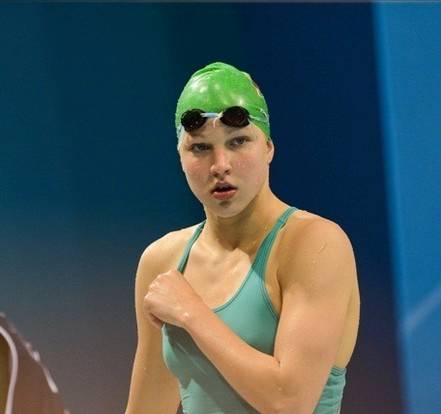
Rūta Meilutytė (born 19 March 1997). This week, at the Summer Olympics in London, she won the gold medal in the women's 100 meter breaststroke with
a time of 1:05.47, becoming the first Lithuanian swimmer since Lithuania's Declaration of Independence from the Soviet Union in 1990 to earn an
Olympic medal in swimming.
Photo: Wikipedia
Fifteen-year-old Rūta Meilutytė is a refreshingly outstanding representative of the original spirit of sports at a time when seriousness and the business aspects of sports often takes over for joy and the more fundamental aspects of the competitions.
Rūta has managed to grow strong, athletic and competitive-focused in spite of a difficult childhood in a country where training opportunities in swimming and many other sports are bad, because here in Lithuania it’s mostly just basketball that counts.
Her gold medal in the Olympics shows that even a young girl who is not raised and trained as a professional athlete since birth, can manage to reach even the highest goals in the sports world.
She is a true Cinderella of our days!
- Bookmark :
- Digg
- del.icio.us
- Stumbleupon
- Redit it
- Posted by - (0) Comment
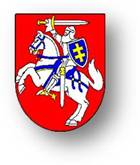
98th Annual Lithuanian
Days in Frackville,
Pennsylvania!
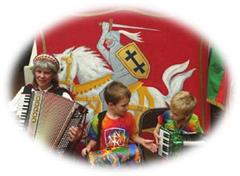
August 11-12, 2012
· AUGIS Lithuanian Pop & Folk Singer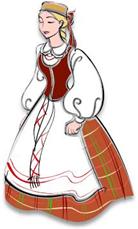
· Sing a-long with Lynne Cox, Accordionist
· Malunas Dance Ensemble, Baltimore, MD
· Zilvinas, Dance Ensemble, Philadelphia, PA
· Gintaras Jr. Dance Ensemble, Mahanoy City, PA
· “Spins and Needles Guild” Weaving Demonstrations
· The Sensations Band
· Thomas Sadauskas: Lithuanian Genealogy Expert
· Pennsylvania National Guard
· Lithuanian Heritage Room
· Delicious Lithuanian Food
· Lithuanian Arts and Crafts:
Longest Running Consecutive Ethnic Festival in the USA!
Website: www.kofl144.weebly.com
- Bookmark :
- Digg
- del.icio.us
- Stumbleupon
- Redit it
- Posted by - (0) Comment
Summer in Lithuania! 
Photos: Aage Myhre, Editor-in-Chief

Click HERE to see the pictures in bigger format…
- Bookmark :
- Digg
- del.icio.us
- Stumbleupon
- Redit it
- Posted by - (0) Comment
Northern Europe’s best
summer climate! 

THURSDAY 26 JULY 2012: Pilies Street, the vibrant, active pedestrian street
in the heart of Vilnius Old Town. You should come here to enjoy
Northern Europe's best summer climate. Why wait?
There are still many around the world not knowing what a wonderful summer climate Lithuania is blessed with. I myself was very surprised when I came here 20 years ago and found a country and a city, Vilnius, where temperatures and number of sunny summer days often are comparable to what you otherwise would have to travel much closer to the Mediterranean beaches to find.
What I also have seen during these 20 years is that while many neighbouring countries quite often suffer from either drought or floods, Lithuania normally avoids such disasters. We can have heavy showers, but they usually last only a few hours and rarely cause major damage. We can have temperatures up to 35 degrees Celsius (95 Fahrenheit), but the normal temperature level is within comfortable 22-30°C (72-86°F).
Right now the summer is just great here, although this year we have not had as much sunshine and as high temperatures as we are accustomed to. Forecasts for the rest of July, however, are phenomenal!
The great summer weather is in stark contrast to neighbouring countries in Scandinavia and north western Europe where one this year is experiencing one of the coldest and wettest summers ever. The powerful winds and the worst rain showers from the Atlantic Ocean have virtually lost all power before they come here.
Hurricanes and severe storms are, at worst, a slight breeze on those few occasions when they reach Lithuania. Rain storms are reduced to light drizzle when they arrive here. But usually the bad weathers do not reach as far east as hereto.
Unfortunately, the winter months here are not that excellent. They can often be cold, nasty and very gloomy. Fortunately, we rarely experience heavy winds, and it is usually not too much snow. The worst of the winters here is the gloominess, and that the temperatures may well drop down to minus 25-30°C (minus 13-22°F).for extended periods.
But it often happens that in April the summer arrives in full force and remains here until November. So now we are in the middle of the fantastic weather period. No reason to complain, in other words. Winter is many months away.
Now it's time to enjoy the lovely summer here. The best in Northern Europe!
Aage Myhre
- Bookmark :
- Digg
- del.icio.us
- Stumbleupon
- Redit it

The annual Lithuanian mass and picnic, was held in Putnam, Connecticut, United States on Sunday, July 22nd, 2012.
The event was held at the grounds of the Sisters of the Immaculate Conception Convent, a beautiful field, with trees and a stone wall forming a perimeter. The day started off with celebration of Catholic mass, in Lithuanian. After the mass there were all sorts of Lithuanian food and beverages; Saltbarsciai, kugelis, chicken dinner, cabbage, Lithuanian Kielbasa, and the Lithuanian beverage gira, to name a few. The sisters wonderful breads sold out fast, they are so popular. Then, there were vendors in the outdoor area, selling Lithuanian T shirts, music, books, jewelry, folk art, and many other items. There were MANY picnic tables, and people also bring their own picnic food as well. Lithuanians travelled from all over the Northeast of USA to come to the event.
Letter and pictures: Dana Petkaityte
Hello Aage,
The picnic was wonderful! It was on the grounds of the Sisters of the Immaculate Conception (convent). The day started with a Catholic mass celebrated outside, by three Lithuanian priests. The activities began after mass. The sisters sold their famous bread (duona), either rye or raisin bread was available. It always sells out quickly.
There was music playing over the sound system. Most was recorded music, and some music and song was live. The young people from Camp Neringa (a Lithuanian-American summer camp located in the state of Vermont) performed Lithuanian songs and dances in traditional folk costume.
There was an area with vendors, selling Lithuanian related items. Such things included clothing, books, music, and amber jewelry. I purchased a tank top (shirt) to put on my dog "Kola". She is a German shepherd (Vokieciu aviganis, or "vilkas"). I thought it was appropriate that she should have a shirt with the "Gelezinis vilkas" on it! Some other people brought their dogs, too. There was even a pony for children to ride!
Many people walked into the wooded area on the grounds, to visit what is known as Father Yla's castle. It is a castle, I believe in the spirit of Mindaugas, built by Lithuanians in the 1950s, under the supervision of Father Yla. My own father, I'm proud to say, is one of the people who helped to build the castle. I took some pictures of it this year, but I also have some other ones from last year. I will send them in the 4th email. There were some young ladies doing some sort of presentation about the castle and Lithuanian history, but I'm sorry to say I missed that presentation. They wore 16th century style costumes.
Lastly, there was the food! There was all sorts of food to be eaten; Kugelis, rugstus piena; sausage with bread, potato and sauerkraut; saltibarsciai; chicken with carrots, peas and rice; gira to drink, and pastry and ice cream for dessert. There were also "hot dogs" for the American taste. It was all very delicious!
- Bookmark :
- Digg
- del.icio.us
- Stumbleupon
- Redit it
- Posted by - (0) Comment
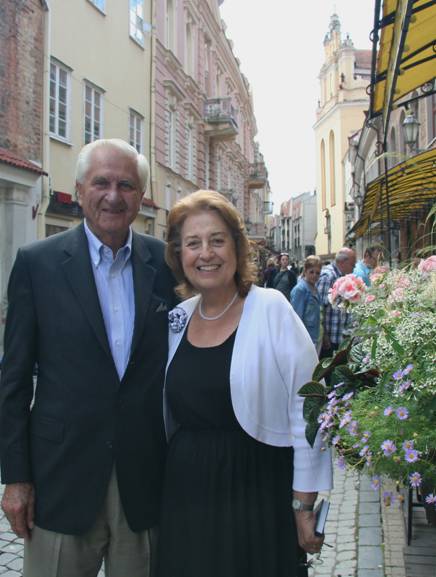
Regina Narusiene leaves the position as President of the World Lithuanian Community now in August. Here with her husband Bernard in Vilnius’ charming, bustling Pilies gatve on a beautiful July Sunday morning.
International Lithuania
needs new blood!
Text & photos: Aage Myhre, editor-in-chief
aage.myhre@VilNews.com
“We need new enthusiasts, young people in our worldwide organization, the World Lithuanian Community (WLC). We need Lithuanians, wherever in the world they live, to participate more actively in the maintenance and development of the Lithuanian identity and heritage.”
I wander through beautiful Vilnius Old Town with Regina Narusiene and her husband Bernard, both of them successful Chicago attorneys, this sunny July morning.
We hear voices in all languages, laughter, sounds. It smells of food from all world corners around us. Vilnius has become a hugely popular destination for tourists from all over the globe. I think back on how this street looked 22 years ago, when I came here for the first time. The pictures above and below are from the same street, one taken now in warm July 2012, one taken in November 1990 when coal was still dumped on the sidewalks from the horse-drawn carriages.
The lady I walk with, Regina Narusiene, has been President of the World Lithuanian Community (WLC) since 2006. Before that she led the Lithuanian American Community Inc. (LAC) for six years and then was the president of the Board of Directors of that Community for another 6 years. Now she has finished her second term for WLC and will leave the organization in a few days, at a meeting here in Vilnius starting 6th of August, and she is concerned that the recruitment to international Lithuania has become insufficient.
For six years she has lived a busy double life. Through part of the year, she stays with husband and family in a small village 100 km northwest of Chicago, but it’s not usual to see her for long periods at her home in Vilnius, working intensely on behalf of ‘the international Lithuania’ – this nation outside the nation that includes about almost as many Lithuanians as the country’s resident population.
WLC is now suffering from what is commonly known as an "ageing population" even if there in recent times has been some amazing enthusiasm from "second, third and fourth generation Lithuanians”, not least here in VilNews. An input of new members and enthusiasts is, however, vital to ensure the long-term continuity of this important Lithuanian tradition and movement around the world. WLC needs YOU!
If you've previously taken part in other forms of organisations you'll have a good head start. Naturally, if you've been active in Lithuanian groups or institutions WLC would particularly like to hear from you. But what if you are a complete beginner? Don't worry, you'll still be made very welcome. Don't let the apparent complexity of what this organization does put you off!
I have agreed with Regina that she will be quick to answer everyone who writes her with questions, expressing any sort of readiness to participate in the works of international Lithuania.
So please do not wait, write her an email as soon as you can. Her email address is rbnar213@gmail.com
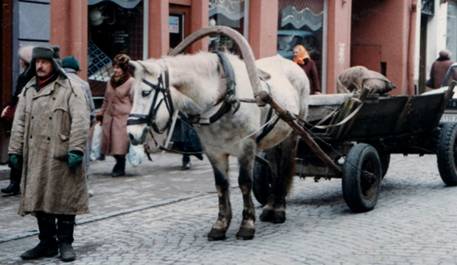
November 1990, my first visit to Vilnius: Delivery of coal to properties in Pilies g. right in the centre of the city. With horses. People pick it up in burlap sacks.
Other times, the horse driver is simply shovelling the coal out on the sidewalk in front of the buildings on his ordering list.
- Bookmark :
- Digg
- del.icio.us
- Stumbleupon
- Redit it
- Posted by - (0) Comment
The Lithuanian World Community (Lithuanian: Pasaulio lietuvių bendruomenė or PLB) is a non-governmental and non-profit organization established in 1949 that unifies Lithuanian communities abroad. The Constitution of the Lithuanian World Community declares that it consists of all Lithuanians living abroad. The Community is active in 36 countries, including representation in Lithuania.
On February 7, 1932 a fund to support Lithuanians in foreign countries was established in Lithuania, making one of the first attempts to maintain closer ties between the Lithuanian diaspora and Lithuania. Three years later the first Lithuanian World Congress was held in Kaunas, which established the Lithuanian World Union. The mission of the Lithuanian World Union, also drafted during the Congress, called for a cultural and economic union of Lithuanians in different countries. However World War II and Lithuania's occupation interrupted the work. Many educated Lithuanians fled to western countries, hoping to avoid approaching Soviet repressions. In 1946 the Lithuanian community in Germany established the Lithuanian Deportees Community, which aimed at consolidating and helping Lithuanians in Germany. In 1949 Lithuania's Supreme Liberation Committee (Lithuanian: Vyriausiasis Lietuvos išlaisvinimo komitetas or VLIKas), established in 1943, delivered the Lithuanian Charter and the Constitutions of the Lithuanian World Community, which solemnly pledged to support and unite all Lithuanians outside Lithuania's borders and promote Lithuanian culture and language abroad. The Lithuanian Charter also proclaimed:
· a nation is a natural community of people;
· a human has birthright to freely profess and promote his nationality;
· a Lithuanian remains a Lithuanian everywhere and always;
· his parents maintained the Lithuanian national consciousness; a Lithuanian relays it to the generations yet unborn, to remain alive;
· a language is the strongest tie to the national community;
· the Lithuanian language is the most precious national honour for a Lithuanian national solidarity is the highest national virtue.
- Bookmark :
- Digg
- del.icio.us
- Stumbleupon
- Redit it
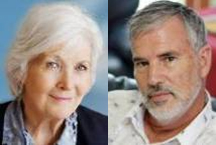
By Aage Myhre, editor-in-chief
aage.myhre@VilNews.com
A new concept for senior apartments, with focus on warmth, dignity and joy. Custom apartments around an outdoor, enclosed patio - plus a large, common 'lobby' for food, reading, music, good talks, therapy, training and more.
Some friends of mine have a large estate just north of Vilnius centre, about 20 minutes drive from the old town and less than five minutes from the Le Meridien Hotel, with its beautiful pool, spa complex, and a great new 18-hole golf course.
The plan they have under consideration right now is to build an elegant senior complex on the site, for potential buyers both in this country and from abroad.
Quality and service will be very high, still at prices one can hardly dream of the United States, Western Europe or Australia.
The planned complex will consist of around 50 apartments and a large public centre-building that can best be compared with an international hotel lobby.
In this 'lobby' one will be met by colorful life as soon as one enters. Dining room, restaurant, cafe, bar, library, piano music, as well as rooms for health, therapy, manicure and sports is that which meets the residents which shall dwell in this totally extraordinary senior complex.
Seniors who buy an apartment here, will in other words not just get a nice place to live, but a total package of food, drinks, activities, care and necessary health care measures in accordance with their own state. Nurses will always be present in the center, and doctors will come here on short notice.
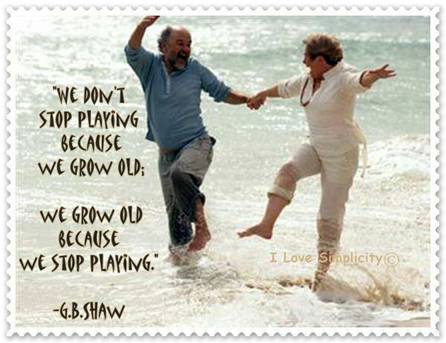
- Bookmark :
- Digg
- del.icio.us
- Stumbleupon
- Redit it
- Posted by - (0) Comment
NEW VIDEOS:
Cold War eyewitnesses
come forward
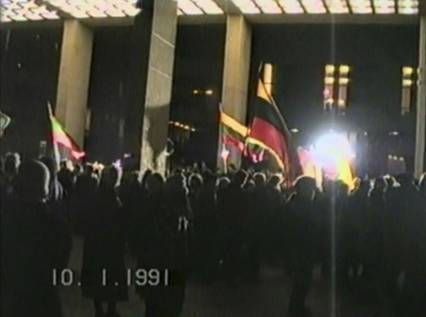
Eyewitnesses at the Lithuanian Parliament in Janaury 1991.
Photo by Albinas Kentra.
The main objective of the new BALTIC INITIATIVE and NETWORK is to strengthen mutual understanding between the countries around the Baltic Sea through an exchange of information on the Cold War period. The idea is that history should be told from the historically valuable sites at which events took place. Relevant sites include, for example: military installations and towns, prisons and prison camps, partisan bunkers, execution sites, secret police offices, sculptures and architecture or simple squares or buildings where memorable events took place.
While this information is normally handled by museums, they believe that recent history can be told effectively from these sites from the prospective of – it happened here - with the significant help of eye witnesses.
- Bookmark :
- Digg
- del.icio.us
- Stumbleupon
- Redit it
All week we have been having scattered thunderstorms in Lithuania. Thursday 12 July we had a storm come through late afternoon that dropped “a little” rain on Old Town.
Rather than tell you about it I thought it would be better to show you what Pilies Gatve looked like after this “little shower”.
For a rough translation of the title and comment:
Das ist lietus in Vilnius / 2012 07 12 pilies gatves upe (This seems to be half German and Half Lithuanian) - This is rain in Vilnius 12 July 2012. Pilies Gatve river
2012 liepos 12 pilies gatve plauke kedes ir stalai. Katinu nebuvo. O pati liutis buvo idomi. Pasirodo tos kedes ir stalai buvo cili picos nuosavybe. Ha! – 12 July 2012 on Pilies Gatvė swam chairs and tables. Cats were not there. And (the) rain was interesting. It appears that (the) chairs and tables were (the) property of Čili Pizzeria. Ha!
- Bookmark :
- Digg
- del.icio.us
- Stumbleupon
- Redit it
Visit Žagarė, northern Lithuania, this weekend
- Posted by - (0) Comment
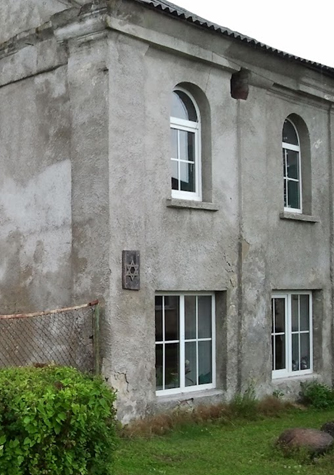
Former Žagarė synagogue.
INVITATION TO A VERY SPECIAL EVENT IN ŽAGARĖ
Under the initiative and leadership of a Lithuanian activist Valdas Balčiūnas, A MEMORIAL PLAQUE TO COMMEMORATE THE ZAGARE JEWISH COMMUNITY will be unveiled. The ceremony coincides and may be considered to be taking place in the context of ZAGARE CHERRY FESTIVAL which will be held in July 12-15. The plaque will be in English, Lithuanian, and Yiddish. Here is what the English version will say:
The festival begins on July 12, 2012. Here are some highlights of Jewish interest:
• Dedication of the memorial plaque -- Friday July 13 at 1600 in the Zagare Town Square
• "From the History of the Shtetl"– a presentation, exhibition, and concert organized by the Joniskis Municipality Museum -- Friday July 13 at 1700 at the Zagare Culture Centre
• Baltic senior football (soccer) competition including the Makabi team from Vilnius – Saturday July 14 at 1300.
Please let us know if you are planning to attend. We look forward to seeing a strong representation of descendants of the former Jewish community of Zagare. After the official events there will be a FRIDAY EVENING GATHERING AND 'KABBALAT SHABBAT' FOR VISITORS. If you wish to be invited to this please let us know.
For more information please contact any of the following:
UK - Joy Hall (joy@joymaynard.myzen.co.uk)
LITHUANIA -Valdas Balciunas (valdas@me.com)
U.S. - Cliff Marks (c.v.marks@att.net)
ISRAEL - Sara Manobla (manobla@netvision.net.il)
- Bookmark :
- Digg
- del.icio.us
- Stumbleupon
- Redit it
The first time I heard the name of Žagarė
- Posted by - (0) Comment

Žilvinas Beliauskas
By Žilvinas Beliauskas
Manager of Cultural Projects
Vilnius Jewish Public Library
The first time I heard the name of Zhagare (Žagarė) it was probably like for many Lithuanian kids related to cherries – Zhagre cherrys. Big and juicy ones. There were some of such trees in my parents’ orchard. Zhagare liqeuer came later. Maybe even later than mom‘s notice about St. Barbara of Zhagare (Barbora Žagarietė) from 17th century, though not beatified yet but very revered in Samogitia (Žemaitija) as a real saint in charge of many miraculous healings. And that was it for many years until it turned out that the family of my wife comes from Zhagare. During the first walking tour with her I enjoyed marvelous streets of wooden houses along river Shvete, radiating strange and sadly atractive kind of romantic atmosphere of brick houses around the Central Square. The architecture prompted straightforwardly that they used to belong to Jews and association with the direction sign by the road at the entrance to Zhagre showing the way to the Graveyard of the Jewish Genocide Victims made this atmosphere still blurry ghostly, not quite tangibly yet but bringing a distant smell of its “echos and absences” to use Roger Cohen phrase in his letter to the forthcoming event this Friday.
- Bookmark :
- Digg
- del.icio.us
- Stumbleupon
- Redit it
VilNews e-magazine is published in Vilnius, Lithuania. Editor-in-Chief: Mr. Aage Myhre. Inquires to the editors: editor@VilNews.com.
Code of Ethics: See Section 2 – about VilNews. VilNews is not responsible for content on external links/web pages.
HOW TO ADVERTISE IN VILNEWS.
All content is copyrighted © 2011. UAB ‘VilNews’.

 Click on the buttons to open and read each of VilNews' 18 sub-sections
Click on the buttons to open and read each of VilNews' 18 sub-sections 







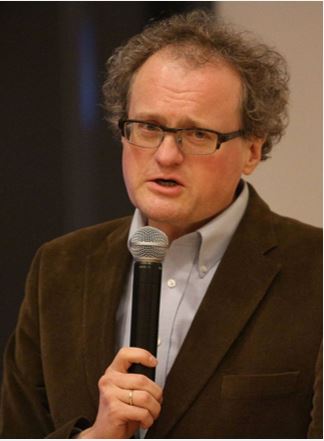

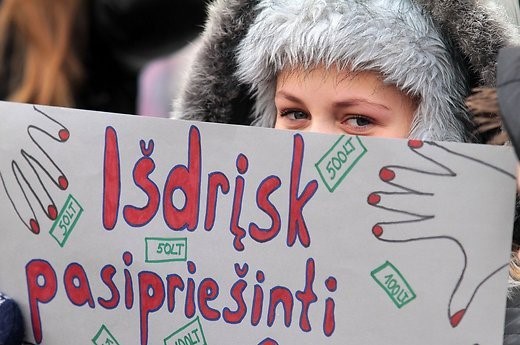


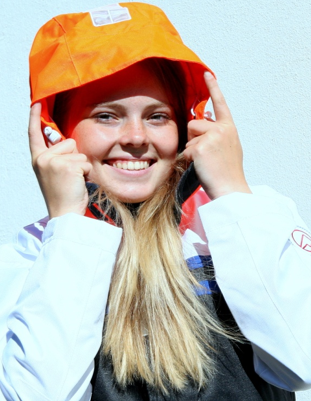
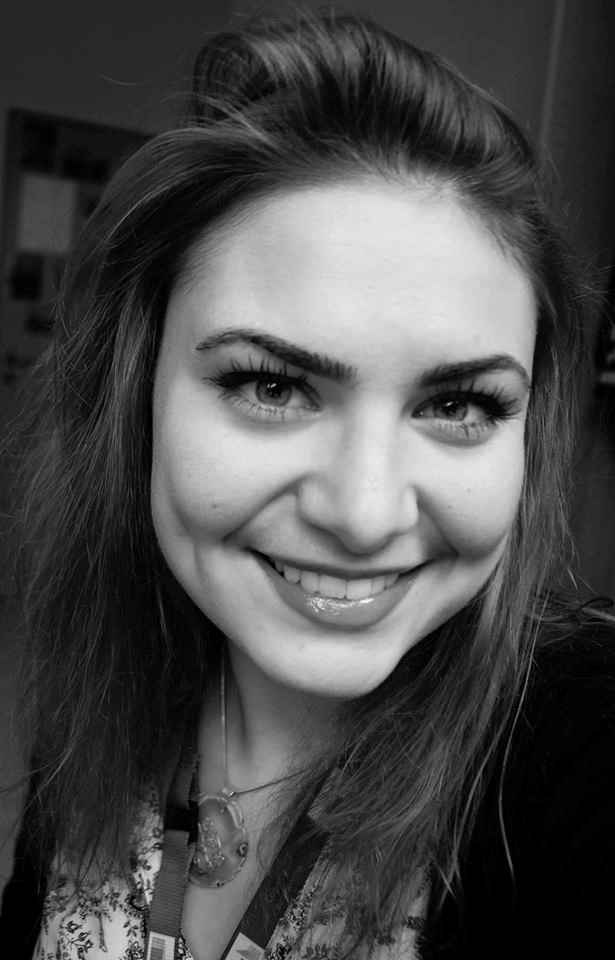

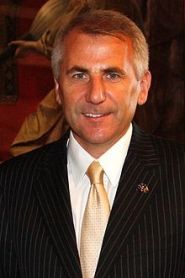
.jpg)
